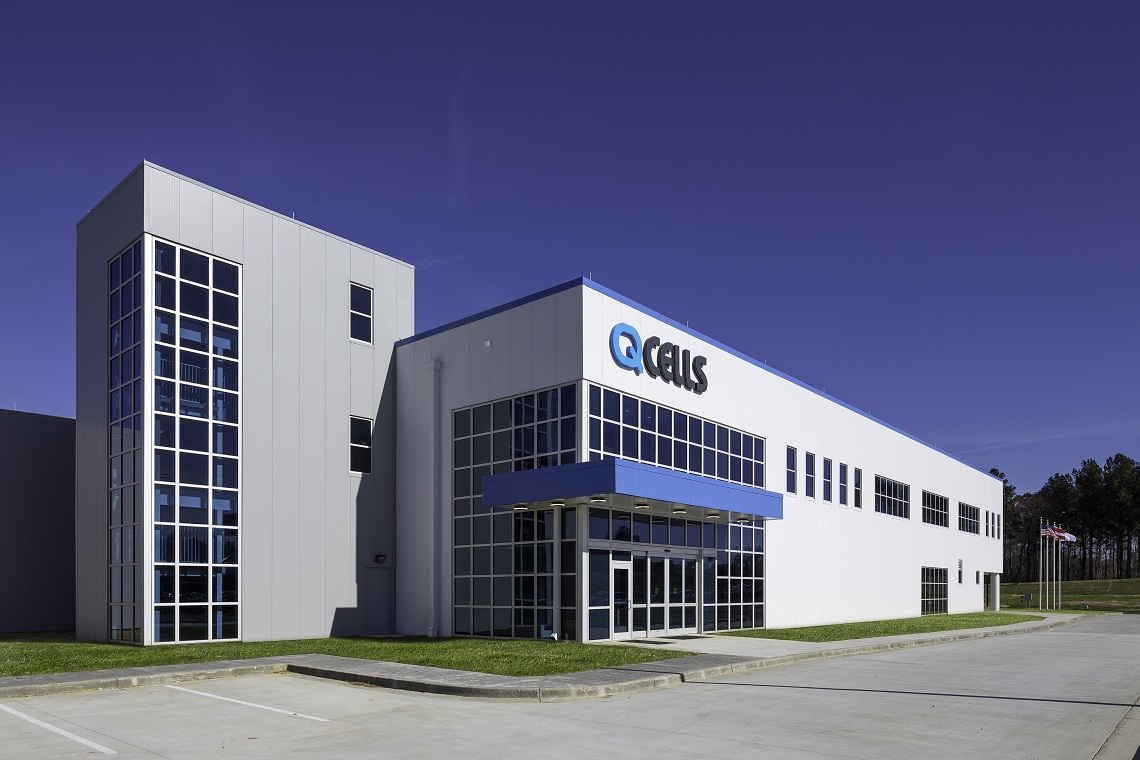Hanwha Solutions pledges to achieve net-zero by 2050
Hanwha Solutions pledges to achieve net-zero
by 2050
- With its high-efficient solar panels, electrolysis-based
green hydrogen and mixed hydrogen combustion, the Company joins global efforts to fight climate change.
- The Company’s every business segment joins Korean version
of Renewable Energy 100 percent, a global initiative designed to produce electricity
with renewable energy.

Seoul, Nov. 2 -- Hanwha Solutions pledged to reduce carbon emissions to zero with its advanced technologies, joining the global efforts to fight climate change amid mounting concern over its environmental impact.
Those technologies – ranging from high-efficient solar panels, electrolysis-based green hydrogen to mixed hydrogen combustion technologies – showcase the Company’s prowess in climate technology.
The Company said it will cut down some 3.58 million tons of greenhouse gases, including 1.12 million ton emitted by new businesses expected to launch. As of 2020, its annual emissions amount to 2.46 million ton.
The zero-emission pledge goes beyond reduction in manufacturing process from each business segment; it involves comprehensive reduction across the whole value chain.
Given electricity production accounting for more than 70 percent of carbon emissions, the Company will only use green electricity produced from renewable energy sources.
The “Renewable Energy 100 percent” pledge will be applied to the Company’s all business segment. In February, the Q CELLS division became the first renewable energy company in Korea to join the initiative.
While its renewable energy accounts for less than 1 percent of total energy mix, it will increase to 21, 37 and 100 percent by 2030, 2040 and 2050, respectively.
To achieve the goal, the Q CELLS division will accelerate its efforts to develop perovskite solar cells. Using their high-efficiency, it can produce more renewable energy with less emissions than fossil fuels.
The Chemical Division, for its part, will adopt green hydrogen into electricity production through electrolysis It can tear apart water molecules to produce hydrogen without emitting greenhouse gases.
In particular, the Company will use mixed hydrogen combustion technology developed by its affiliate Hanwha Impact, which acquired gas turbine company Power System Mfg and Thomassen Energy in June.
Blending hydrogen into existing natural gas pipeline network has been proposed as an bridge to full-fledged hydrogen economy, as the method can reduce carbon emission without scrapping existing gas infrastructure.
Those net-zero pledge and its implementation plan were incorporated into the Company’s sustainability report, which reflects recommendations by Task Force on Climate-Related Financial Disclosure (TCFD).
“Moving forward, the fate of the companies will falter if they are not fully committed to carbon neutrality,” said the Company’s spokesperson.
“Based on advanced climate technology using solar, wind and hydrogen energy, we will accelerate our efforts to fulfill net-zero pledge before 2050.”
